Explore America’s Wild, Wonderful National Parks!
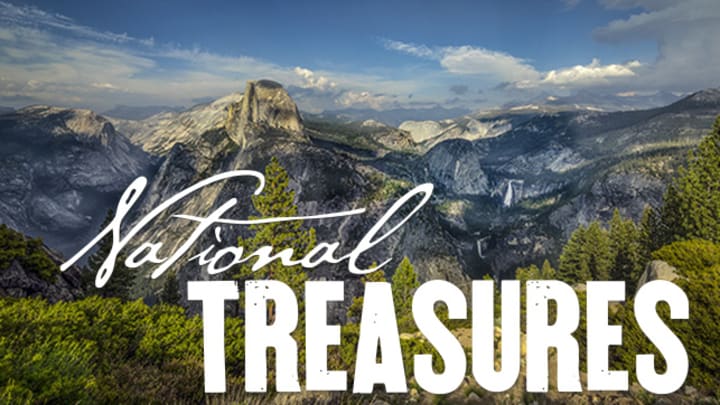
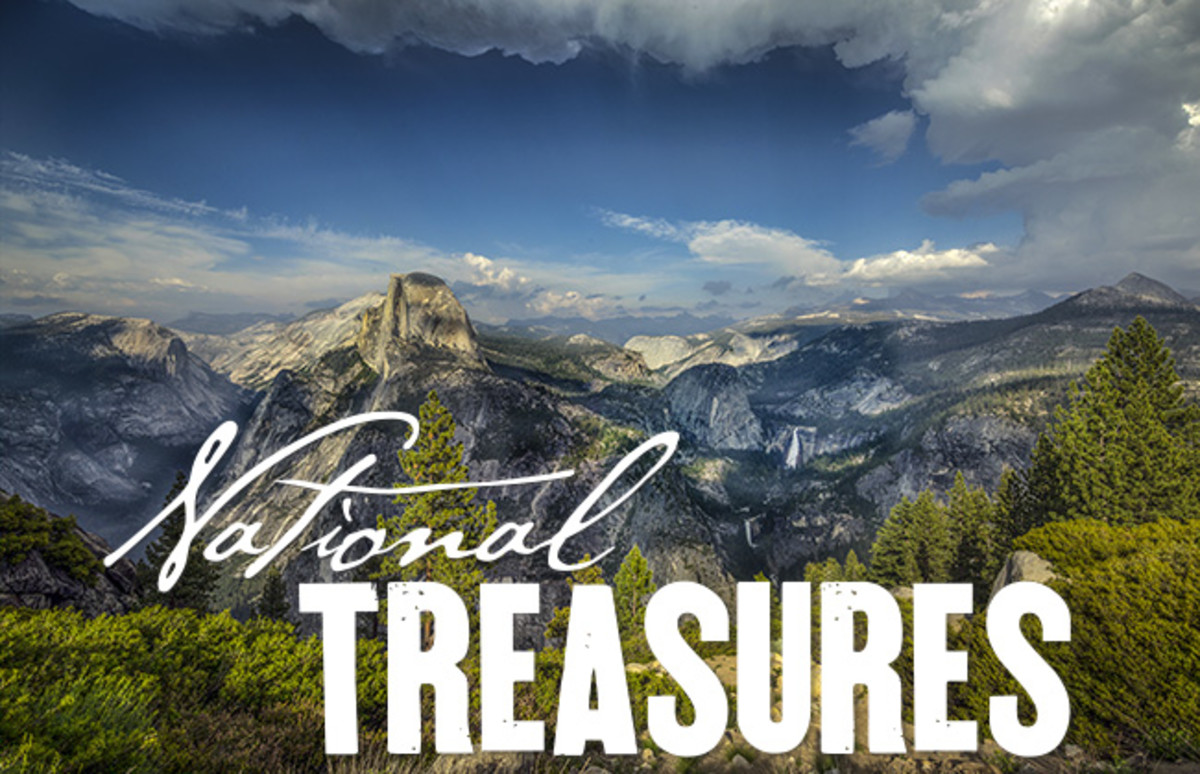
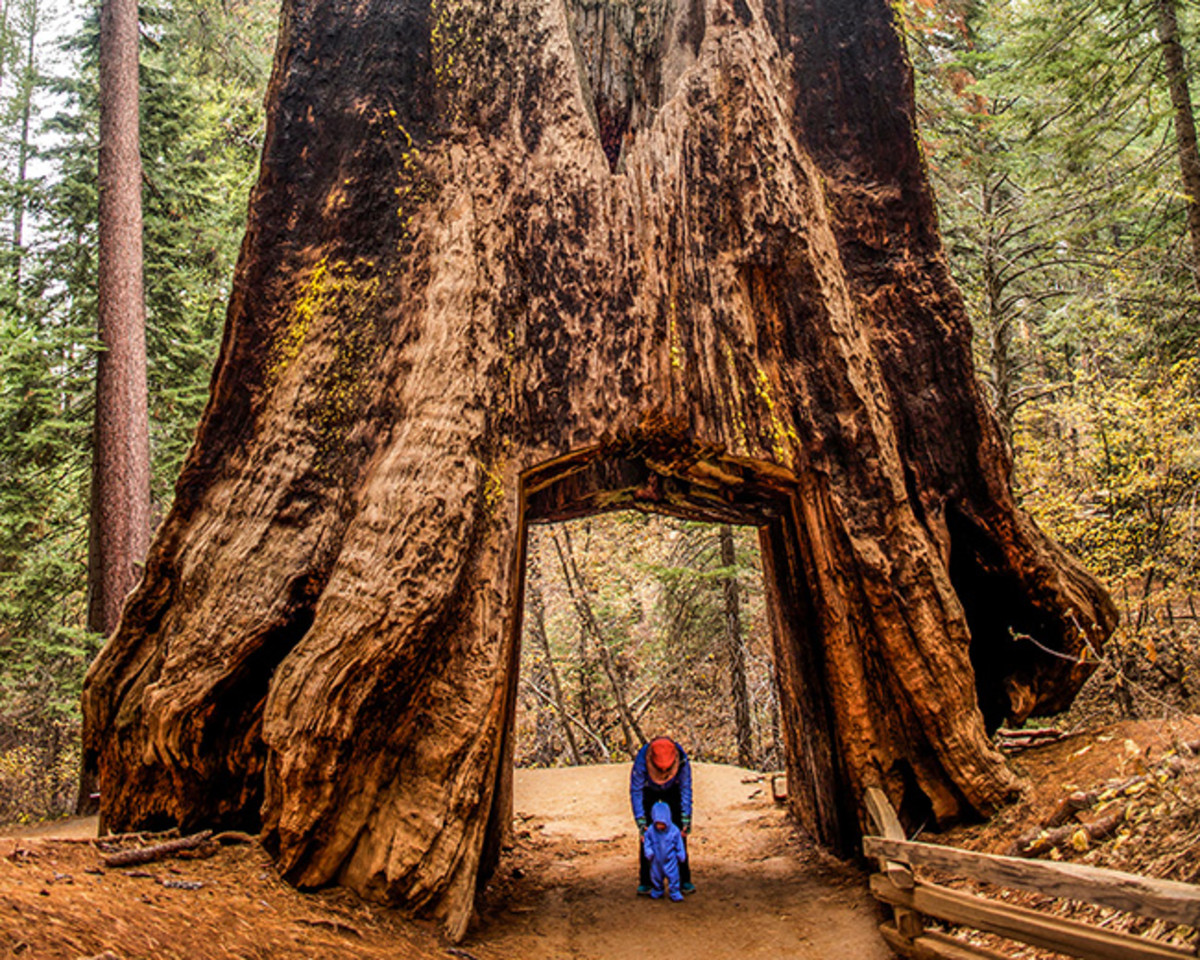
YOSEMITE NATIONAL PARK, CALIFORNIA
The monumental El Capitan. The giant sequoias in Mariposa Grove. The three waterfalls that create Yosemite Falls, the highest falls in North America. Yosemite National Park is "gobsmackingly beautiful," Burns says. "It just rearranges your molecules."
Located in northeastern California, the 747,956 acres of Yosemite were designated the country's third national park, in 1890. But it was “discovered” in 1851 by a band of white men who called the land “Yosemite” after the native tribe that lived in the Yosemite Valley. The neighboring Miwoks, though, had known about it for centuries and had their own name: Ahwahnee, meaning mouth.
From the beginning, Yosemite's rugged beauty inspired explorers, naturalists, and outdoorsmen. The most famous was John Muir, whose writing about the valley and other western wildernesses helped establish America's national park system. Today, Yosemite continues to inspire and is one of America's most popular destinations. "It's a transcendental experience," Burns says. "It's nothing like anything you've ever seen."
IF YOU GO: There's a lot to explore at Yosemite. One hike is the Mist Trail, which leads to scenic spots at Vernal Fall and Nevada Fall and ends at Half Dome. You can also join Yosemite's Junior Ranger program.
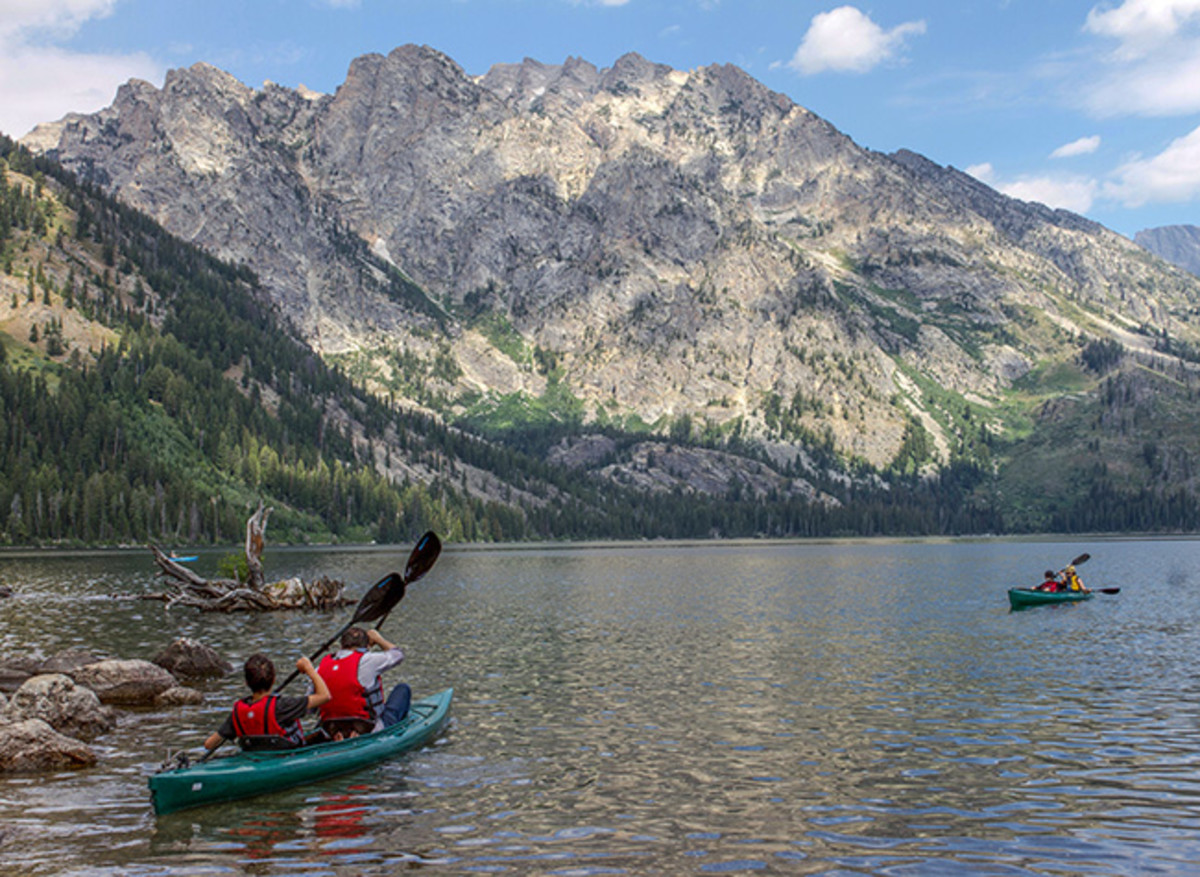
GRAND TETON, WYOMING
The 309,994-acre Grand Teton National Park is located just south of Yellowstone. It was established in 1929 with some help from billionaire John D. Rockefeller — and against the wishes of the state.
Teton's centerpiece is three majestic mountains framed by glacial lakes and a diverse ecosystem. When he visited, Rockefeller knew it was someplace special. So he quietly bought up land to donate it to the federal government. But when the state of Wyoming caught wind of the scheme, politicians "fought tooth and nail against it," Burns says. "When it was successful, they actually passed a law — it’s the only state to have done this — where nothing else in the whole state can be set aside." That just makes the park's beauty all the more exceptional.
IF YOU GO: Want to get out into the Grand Teton wilderness but don't know where to start? Borrow a Nature Explorer's Backpack from the park. It is filled with with a journal, lenses, and field guide cards.
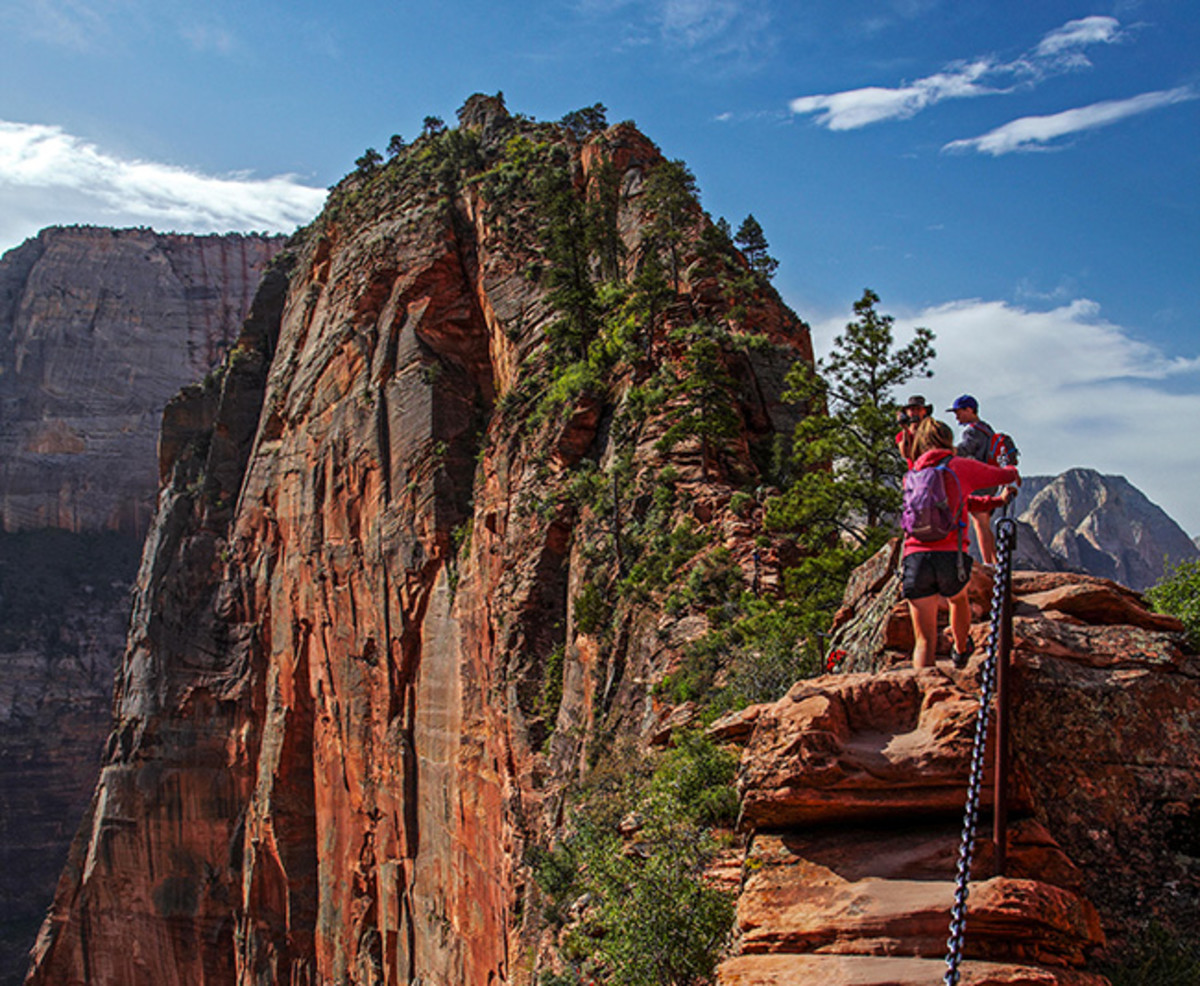
ZION NATIONAL PARK, UTAH
“There’s no correct way to see a national park,” Burns says. And one of the best examples of that is Zion National Park.
Established in 1919 as America's 14th national park, Zion's 148,733 acres in southwest Utah were once accessible only to the most determined visitors. For centuries, that meant the native Paiute peoples, who called the area Mukuntuweap ("straight-up land"). Later, Mormon missionaries and artists made the pilgrimage, and their stories and descriptions helped Zion earn National Park status. Now that there are roads and trails, visitors can take the narrow Zion Canyon Scenic Drive to view the park. Some get out to hike. Others wade through the Virgin River, which flows through a gorge between soaring thousand-foot-high walls. And the bravest opt for the Angel's Landing Trail, a steep climb to the top of the park that requires navigating paths above 1,000-foot drops using only a chain-link handrail.
IF YOU GO: For a break from hiking, visit Zion's Nature Center to experience its amazing animals adaptation program, which explores how animals change their physical appearance and behavior to survive.
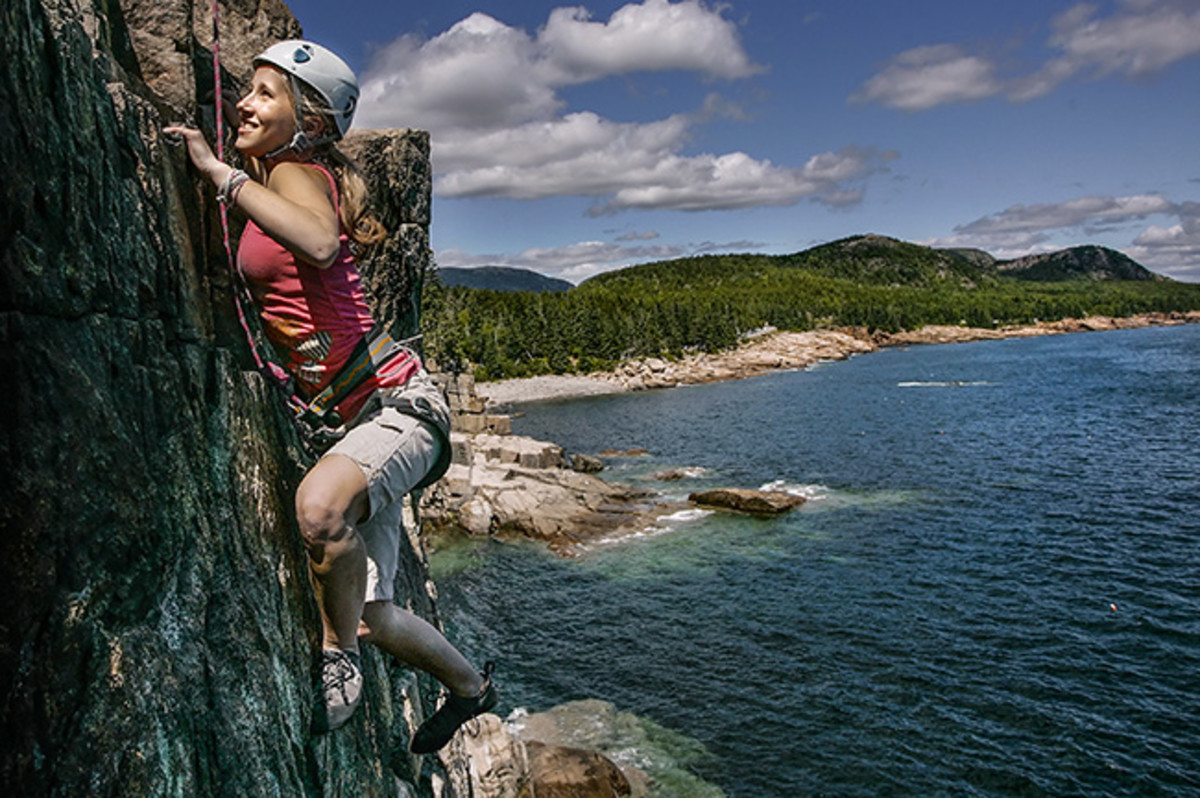
ACADIA NATIONAL PARK, MOUNT DESERT, MAINE
This year, the NPS celebrates the 100th anniversary of the founding of Acadia National Park in southern Maine. (It was officially established as a national park in 1919.) And once again, we have John D. Rockefeller to thank for it.
In the early 20th century, Rockefeller and other wealthy northeasterners made Acadia their personal playground. But as word spread about the lush wilderness, they quickly saw the need for preservation. So they purchased parcels of land and donated them to the federal government. The resulting park is relatively small — only 49,600 acres — but "it's one of the greatest places on Earth," Burns says. "It's so beautiful, compact, and accessible." It also has one of the best spots in the country: Cadillac Mountain. The mountain itself is small, but it's where the first rays of sun hit America every morning.
IF YOU GO: A network of carriage paths allows for easy (and scenic) exploration by bike or on foot. Be sure to check out Cadillac Mountain, the highest point on the North Atlantic seaboard, and the 19th-century lighthouse at Bass Harbor Head.
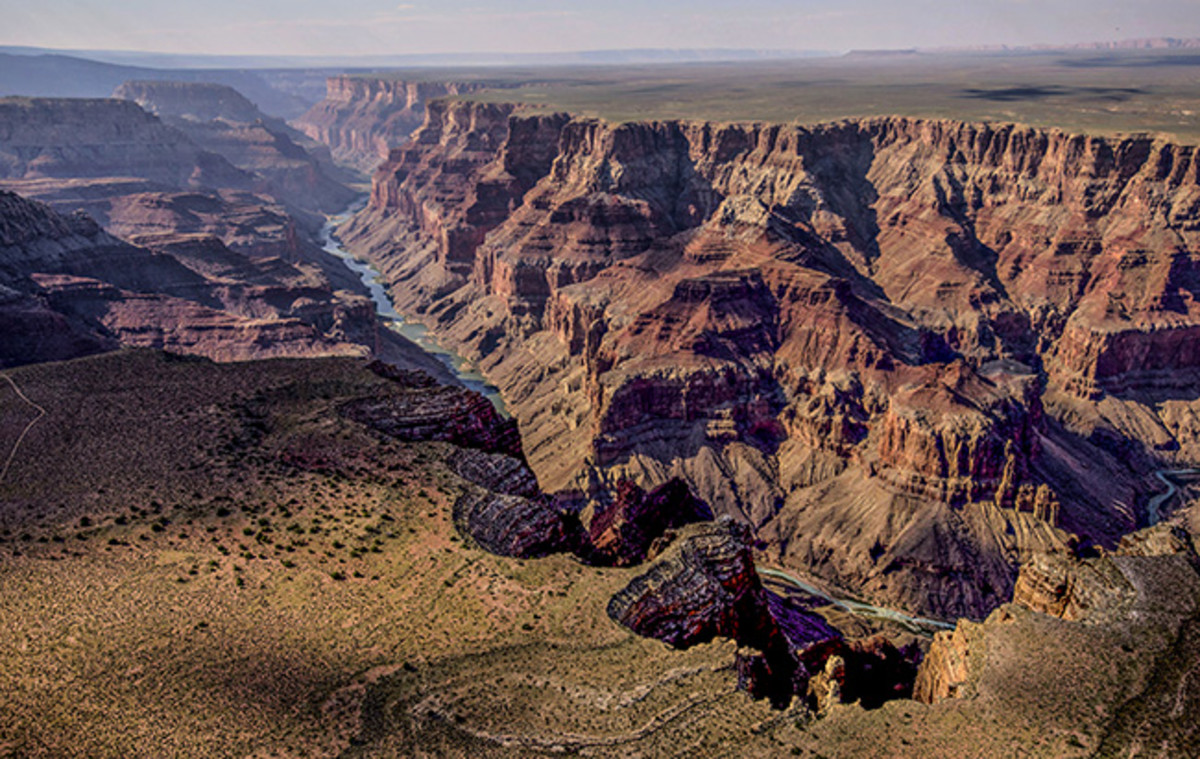
GRAND CANYON NATIONAL PARK, ARIZONA
The Grand Canyon became a national park in 1919, but it has been worshipped for thousands of years — first by native tribes who consider it sacred ground, then later by pioneers, naturalists, and tourists. Situated on 1.2 million acres in northern Arizona, it's 277 miles long and up to 18 miles wide. More than a mile below the canyon's rim flows the Colorado River, which began carving through rock millions of years ago to create one of the world's most staggering natural wonders.
The scale of the Grand Canyon and the scope of its beauty almost defy description. But President Theodore Roosevelt gave it a try anyway. "In the Grand Canyon, Arizona has a natural wonder which, so far as I know, is in kind absolutely unparalleled throughout the rest of the world," he said in 1903. "I hope you will not have a building of any kind, not a summer cottage, a hotel, or anything else, to mar the wonderful grandeur, the sublimity, the great loneliness and beauty of the canyon. Leave it as it is. You cannot improve on it. The ages have been at work on it, and man can only mar it."
IF YOU GO: Hiking opportunities abound at the Grand Canyon. One of the most interesting is the one-mile fossil walk. You'll see artifacts that are up to 270 million years old!
Photos: Carol M. Highsmith/Buyenlarge/Getty Images (Yosemite), Alamy (Sequoia, Grand Teton, Zion), Derek Davis/Portland Press Herald/Getty Images (Acadia), Daniel Acker/Bloomberg/Getty Images (Grand Canyon)
